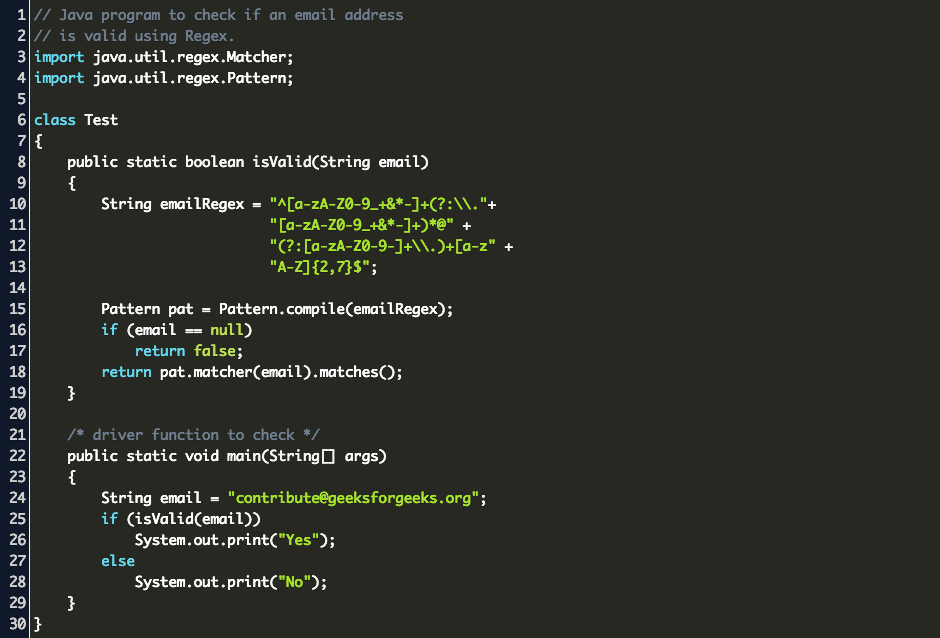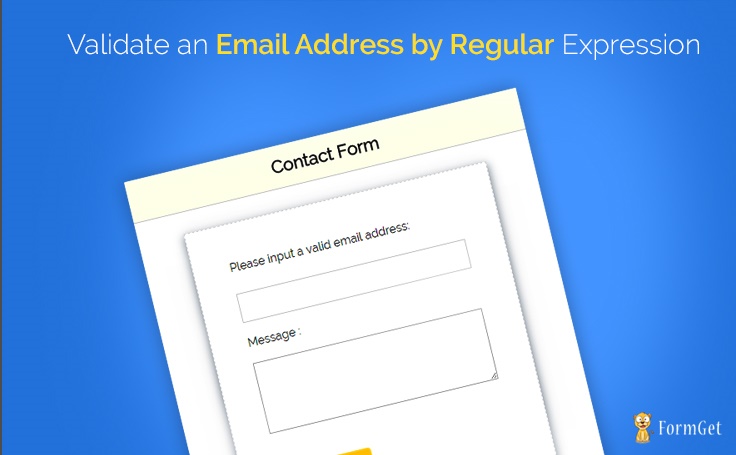
The IsValidEmail method then calls the Regex.IsMatch(String, String) method to verify that the address conforms to a regular expression pattern. Regardless of how you validate an email, you should always send a test email to the address to make sure it exists.
Email regex how to#
However, the example in this article describes how to further use a regular expression to validate the email. It's recommended that you use the simple regular expression pattern to normalize the domain and then return a value indicating that it passed or failed. The method returns the Punycode domain name preceded by the symbol to the IsValidEmail method. The method also sets the invalid flag to True if the IdnMapping.GetAscii method detects any invalid characters in the domain name. The domain name along with the character is passed to the DomainMapper method, which uses the IdnMapping class to translate Unicode characters that are outside the US-ASCII character range to Punycode. Match one or more occurrences of any character. The regular expression pattern is interpreted as follows. The third parameter is a MatchEvaluator delegate that represents the method that processes and replaces the matched text.

To verify that the email address is valid, the IsValidEmail method calls the Regex.Replace(String, String, MatchEvaluator) method with the regular expression pattern to separate the domain name from the email address.

The example defines an IsValidEmail method, which returns true if the string contains a valid email address and false if it doesn't, but takes no other action.

ASP.NET Core framework APIs that use RegularExpressions pass a timeout. A malicious user can provide input to RegularExpressions causing a Denial-of-Service attack. When using to process untrusted input, pass a timeout.


 0 kommentar(er)
0 kommentar(er)
